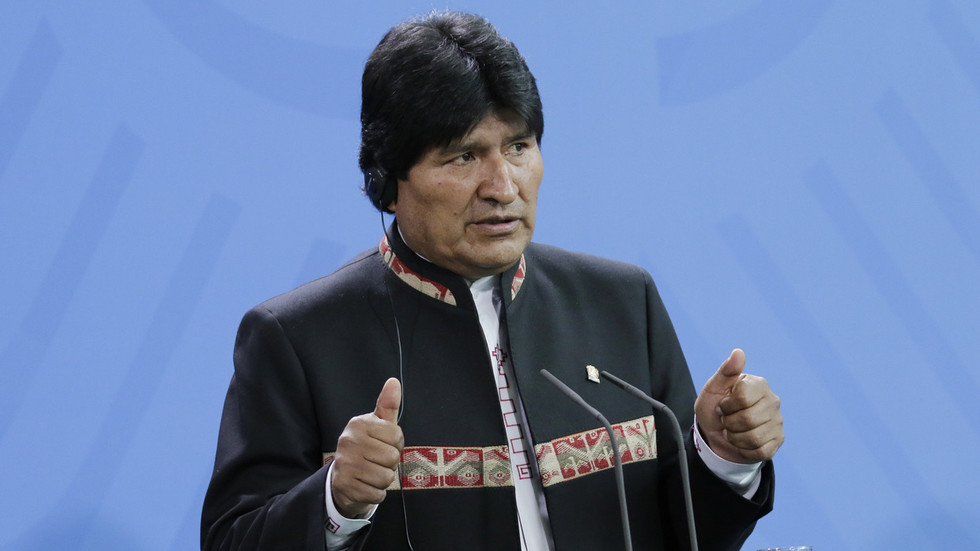Evo Morales, the former president of Bolivia, reportedly survived an assassination attempt, as indicated by a video shared on his social media accounts. The footage, lasting four minutes, depicts Morales seated in the front passenger seat of his vehicle while conversing on the phone alongside his injured driver. The car sustained visible damage, with bullet holes evident in the windscreen, and the driver displayed blood on his head but continued to manage the vehicle. The incident occurred in the Bolivian town of Shinahota early Sunday morning when two cars reportedly intercepted Morales’s vehicle, leading to four hooded gunmen opening fire. Morales claimed that around 14 shots were fired, yet he emerged unscathed, as later footage confirmed his well-being while addressing supporters.
Notably, Morales served as Bolivia’s president from 2006 until his ousting in 2019, when political turmoil erupted leading to a coup that installed Senator Jeanine Anez as the interim president. Following the coup, Anez was convicted for her regime’s actions during the violent protests that ensued. Since late 2020, Bolivia has been led by President Luis Arce, a former ally of Morales, albeit tensions have arisen between the two over their political party, the Movement for Socialism. Despite their differences, Morales took a stand against an attempted coup targeting Arce earlier in June, illustrating the ever-shifting alliances and tensions within Bolivia’s political landscape.
The assassination attempt isn’t Morales’s first brush with danger; an earlier plot against his life surfaced during his first term in 2009 when Bolivian security services disrupted a terrorist group reportedly intending to kill the president and his vice president. This group comprised individuals from various nationalities, including Romanian and Irish nationals, demonstrating the potential international dimensions of threats facing national leaders. The potential motives behind these assassination attempts remain speculative, but they underscore the volatility of Bolivia’s political environment and the ongoing power struggles in the region.
The implications of such an assassination attempt on Morales’s part are significant, not only for his personal safety but also for the broader political dynamics in Bolivia. The fact that he has previously faced similar threats suggests a pattern of violence that correlates with political dissent and unrest in the country. As discussions surrounding the future of the Movement for Socialism continue, Morales’s continued involvement in politics as a significant figure brings both potential for unity among supporters and internal conflict as differing visions for the party’s direction emerge.
Bolivia’s political landscape illustrates a deep-rooted polarization, stemming from long-standing grievances, sociopolitical disparities, and indigenous rights issues. Morales, as the first indigenous president of Bolivia, has been a central figure in championing these causes, making him both a revered icon and a target for opponents. His survival from this assassination attempt could embolden his supporters and solidify his role as a key player in advocating for social reforms, while also inciting further violence from opposing factions who may seek to destabilize his influence.
In conclusion, the recent attack on Evo Morales emphasizes the fragile state of political affairs in Bolivia, rife with threats to personal safety and governance issues. As Morales continues to navigate through this perilous political terrain, the consequences of such violence will resonate not just within his party but across the nation, reaffirming the need for reconciliation and stability amidst a backdrop of conflict and division. The unfolding situation sharply illustrates the complexities of Bolivian politics, where the past continues to loom over the present as various actors vie for power and influence.

